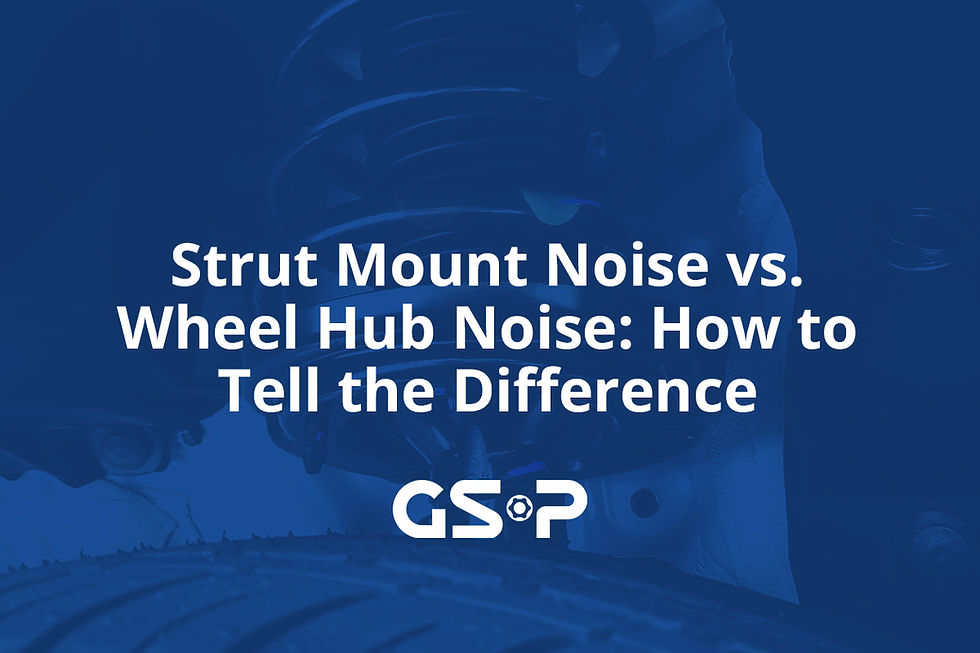Wheel Bearing Grease 101: Types, Service Intervals, and Mistakes to Avoid
- chaseteam
- Oct 16
- 2 min read
Wheel bearings are responsible for supporting the weight of your vehicle while allowing the wheels to rotate with minimal friction. To do their job properly, they rely on one thing more than anything else: grease. Wheel bearing grease may seem like a small detail, but it has a massive impact on how long your bearings last, how smoothly your wheels spin, and whether your vehicle stays safe and reliable on the road. Whether you're driving a modern SUV with sealed hub assemblies or an older pickup with serviceable tapered bearings, understanding the right grease, when to replace it, and what to avoid can save you time, money, and prevent roadside failure.
What Makes Wheel Bearing Grease Different
Wheel bearings operate under extreme conditions — constant rotation, high heat from brakes, exposure to rain and dirt, and the full weight of the vehicle. That’s why wheel bearing grease is not the same as chassis or general-purpose grease. It needs to be heat-resistant, water-resistant, pressure-resistant, and stay thick enough to coat roller bearings without melting or running out. The most commonly recommended type for most modern vehicles is an NLGI #2 high-temperature wheel bearing grease, with a base of lithium complex or calcium sulfonate. These resist heat above 180°C (356°F), making them perfect for use near disc brakes and in city or off-road driving common across Latin America.
Sealed vs. Serviceable Bearings: Do You Need to Repack?
Many modern vehicles use sealed wheel hub assemblies, like those manufactured by GSP Latin America, which come pre-greased and require no maintenance. Once they wear out, they’re replaced entirely. However, many trucks, trailers, and older cars use serviceable tapered bearings, which must be cleaned and re-greased at regular intervals. A standard recommendation is every 30,000–50,000 km, or sooner if the vehicle tows heavy loads, drives through water frequently, or sees dusty or mountainous terrain. Anytime bearings are removed, they should be cleaned, inspected for pitting or discoloration, and repacked with fresh grease.
How to Repack Bearings Properly
Clean the bearing and race until all old grease is removed
Use a high-temp bearing grease and press it into the rollers by hand or with a bearing packer
Fill the hub cavity about one-third with grease — too much causes overheating
Install a new grease seal to prevent contamination
Set the bearing preload correctly and recheck for play after a short drive
Common Mistakes That Cause Early Failure
Mixing incompatible grease bases (can cause liquefying)
Overpacking the hub with grease, leading to heat buildup
Reusing an old seal that allows water or dirt inside
Using low-temp or general-purpose grease not designed for hubs
Ignoring early warning signs like humming or ABS light flicker
Choose Quality Over Guesswork
When a sealed hub is worn, replacing it with a GSP Latin America wheel hub assembly ensures clean factory grease, correct preload, and long service life. It’s the smarter choice over constant repacking and part failure caused by contamination.














Comments